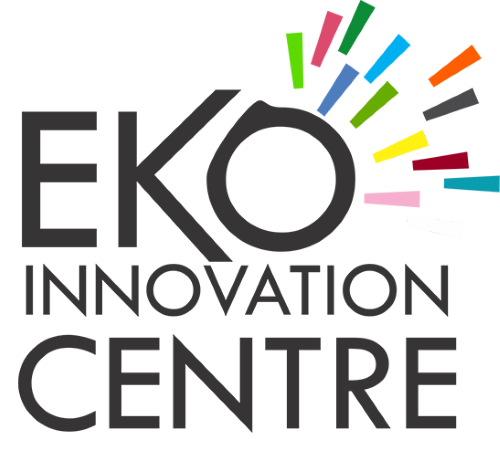Venture capital (VC) is often seen as the holy grail of startup funding, but it’s not the only option available. In fact, for many startups, VC funding may not be the best fit. Whether due to the size of the raise, the stage of the business, or the nature of the industry, startups should explore a variety of funding sources to ensure they find the right match for their needs.
The Limitations of Venture Capital Funding
While VC funding can provide significant capital and valuable expertise, it also comes with strings attached. Investors typically require equity in the company, which can dilute the founders’ ownership. Moreover, VCs often push for rapid growth and exit strategies, which may not align with the founders’ vision for the business.
According to Paul Graham, co-founder of Y Combinator, “The best funding is the kind you generate yourself.” This highlights the importance of considering alternative funding sources that allow startups to maintain control and grow at their own pace.
Alternative Funding Sources
- Bootstrapping: Many successful startups, including Mailchimp and Basecamp, were bootstrapped—meaning they were funded by the founders themselves. While this approach requires careful financial management, it allows founders to retain full control of their business.
2. Angel Investors: Angel investors are individuals who provide capital in exchange for equity, but typically with less pressure for rapid returns compared to VCs. Angels can also offer valuable mentorship and connections.
3. Crowdfunding: Platforms like Kickstarter and Indiegogo allow startups to raise funds directly from the public. Crowdfunding can be an effective way to validate a product idea and build a community of early adopters.
4. Grants and Competitions: Many governments, non-profits, and private organizations offer grants and startup competitions that provide non-dilutive funding. These sources are particularly valuable for startups in sectors like social impact, healthcare, and education.
5. Revenue-Based Financing: This model allows startups to raise capital in exchange for a percentage of future revenues. Unlike equity financing, there is no dilution, and the repayment terms are typically more flexible.
Developing a Funding Strategy
A successful funding strategy should be tailored to the specific needs and goals of the startup. This involves not only selecting the right type of funding but also timing the raise appropriately. For instance, bootstrapping might be ideal in the early stages, while angel investment or revenue-based financing could be more suitable for scaling.
It’s also important to build relationships with potential investors or funders well before you need to raise capital. This involves networking, attending industry events, and engaging with investors on platforms like LinkedIn.
Conclusion
While venture capital can be a valuable source of funding for startups, it’s important to explore all available options. By considering alternatives like bootstrapping, angel investment, crowdfunding, and grants, startups can find the funding solution that best aligns with their goals and values.
At Eko Innovation Centre, we support startups in navigating the complex world of funding. Our programs and resources are designed to help entrepreneurs identify the best funding sources for their ventures and prepare them for successful fundraising.
